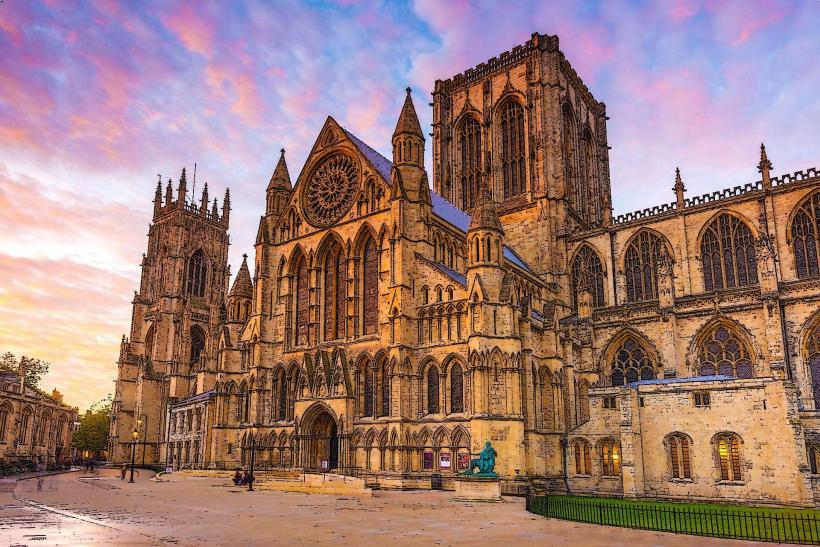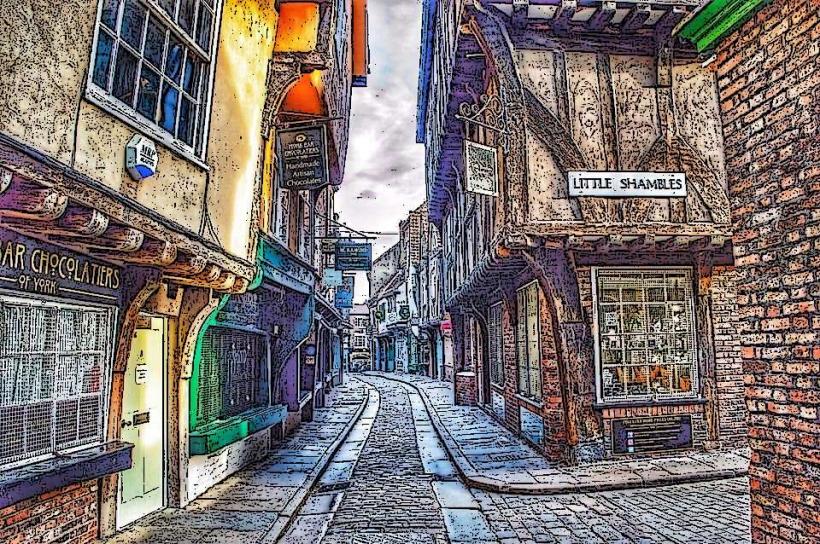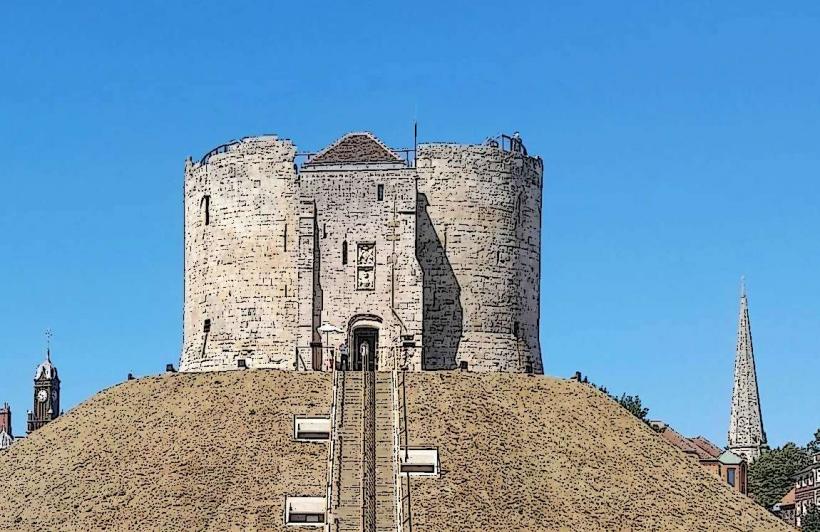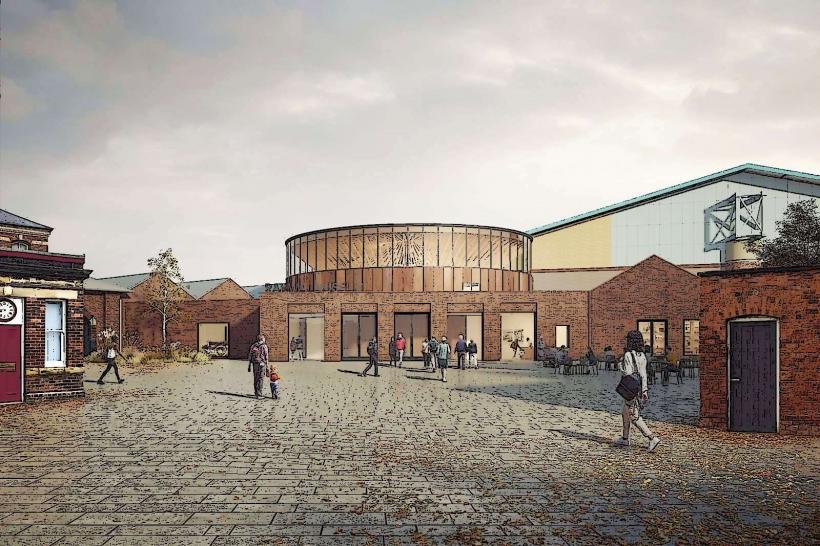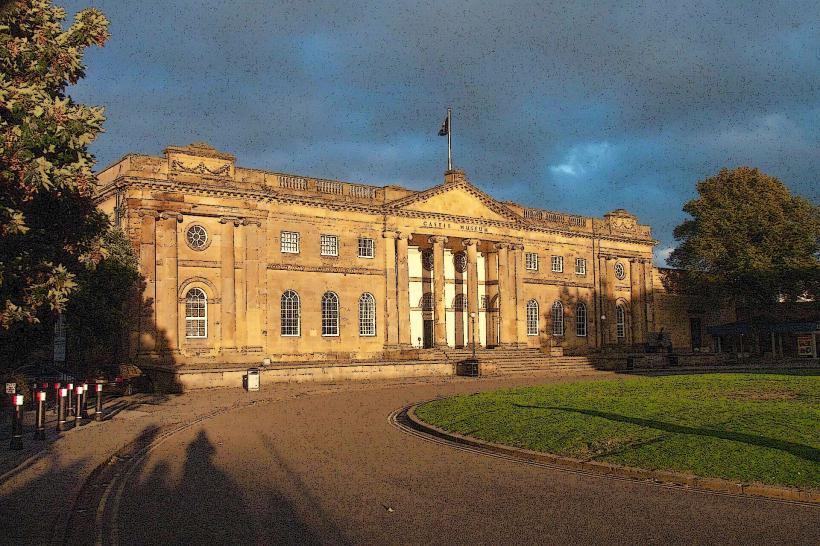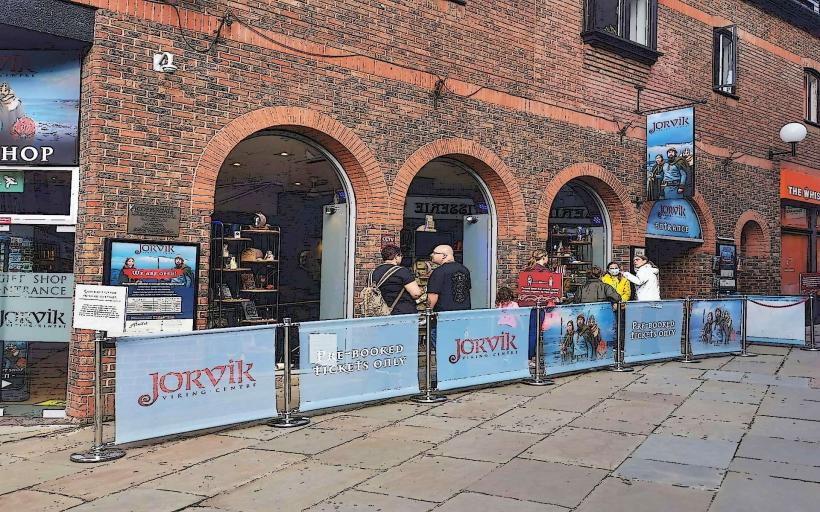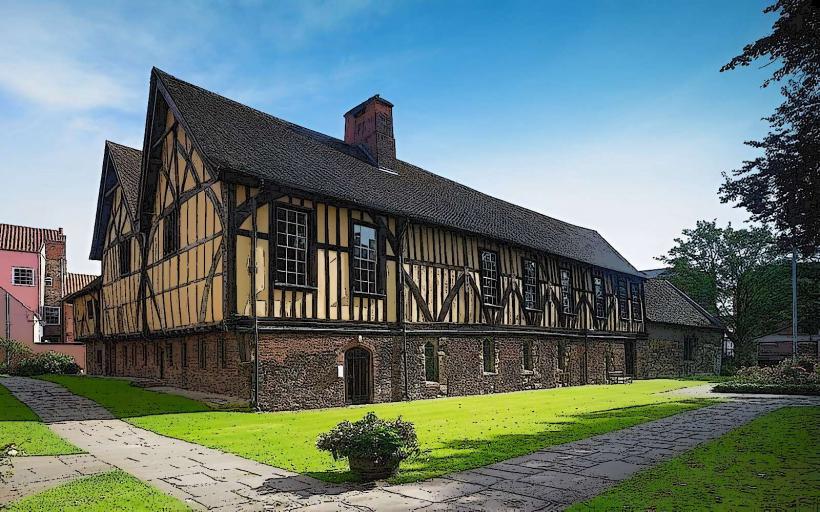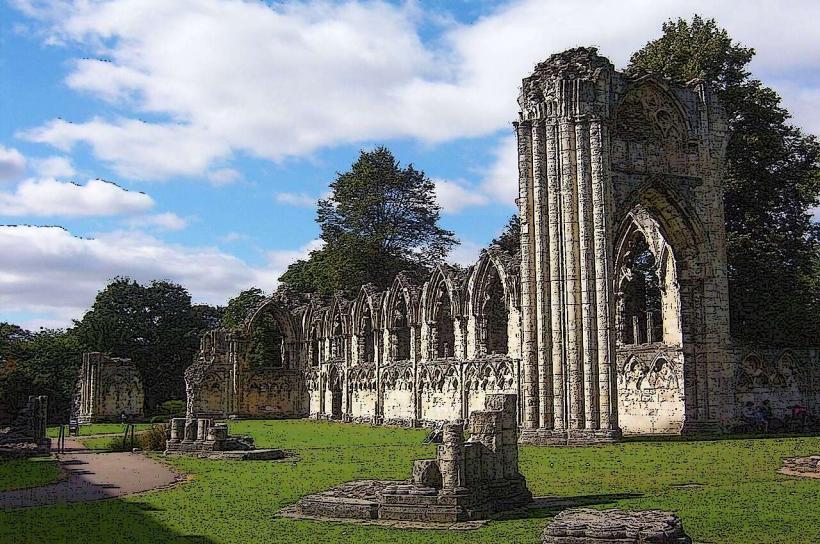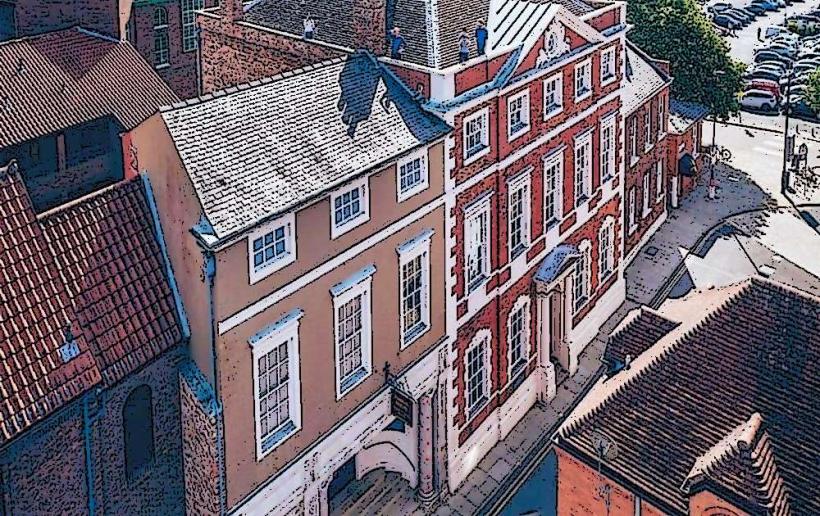Information
Landmark: York City WallsCity: York
Country: United Kingdom
Continent: Europe
The York City Walls are one of the most iconic and well-preserved features of the historic city of York. These medieval walls, which encircle much of the city center, are a physical testament to York's long and varied history. The walls have stood for over a thousand years and offer a glimpse into the city's past, including its Roman, Viking, and medieval heritage.
History and Origins
The York City Walls have evolved over time, with their origins dating back to Roman Britain. The Romans first established a defensive wall around the city, known as Eboracum, in the early 2nd century AD. This initial Roman fortification was constructed to protect the city and its inhabitants from external threats.
After the fall of the Roman Empire, the walls fell into disrepair but were rebuilt during the Viking Age in the 9th century, when York (then Jorvik) became a major Viking stronghold. The Anglo-Saxon period also saw repairs and additions to the walls.
The most significant expansion of the walls occurred in the medieval period, particularly during the reign of King Henry III in the 13th century, when York became a prosperous and important city. The current structure largely dates from this time and reflects the medieval need for defense, as well as York's status as a key northern city.
Structure and Features
The York City Walls stretch for approximately 2 miles (3.2 km) and are one of the most complete medieval defense systems in England. The walls enclose much of York’s historic center, providing an elevated walk with views of the city’s landmarks, as well as the surrounding landscape.
Some key features of the walls include:
- Barbican and Gates:
There are four main gates (known as bars) along the walls:- Bootham Bar: Situated to the north, this gate was once the main entrance into York from the Roman city of Eboracum.
- Micklegate Bar: Perhaps the most famous of the gates, this bar is located to the south and was historically the main entrance into York for those arriving from London and the south.
- Walmgate Bar: Located to the east, this gate was used to control access to the east of York.
- Monk Bar: Located to the northeast, this gate has a surviving medieval keep, and the impressive Richard III Museum is housed here.
Each of these gates features a barbican—a fortified outwork or outer defense structure—designed to protect the gate itself from attacks.
Watch Towers:
Along the length of the walls, there are several watch towers, including the Mulberry Tower and the Red Tower. These towers were used for defense and surveillance purposes, and some remain open to the public, offering elevated views of the city.
Wall Walks:
Visitors can walk along the top of the city walls, which provides a unique and elevated view of York's streets, parks, and landmarks, including York Minster, the Shambles, and Clifford’s Tower. The walkways are open to the public, with some sections offering guided tours for those interested in learning more about the walls’ history and significance.
Roman Foundations:
Beneath the medieval walls, some sections of the Roman walls and structures can still be seen. For example, at Bootham Bar, visitors can see part of the Roman fortifications that once protected the city of Eboracum.
York Castle Walls:
Another notable feature of the city walls is the York Castle Walls, which encircle the York Castle area. These walls were originally constructed to protect the castle, and some sections still stand today.
Walking the Walls
The York City Walls are a popular walking route for visitors and locals alike. Walking along the walls offers a fantastic way to explore the city's history, as many of the gates, towers, and sections of the wall are open for public access. The walls provide an exceptional vantage point from which to see the entire city center, and visitors can easily walk from one end of the walls to the other, taking in the sights along the way.
The route around the walls is divided into sections, some of which are steeper than others, but the walk is accessible for most people. Points of interest along the walk include the Tower of the Red Tower, the King's Stables, and the Roman Fortress Wall near the Bootham Bar.
Preservation and Conservation
The York City Walls have undergone significant conservation and preservation work over the years to ensure their survival. Much of the work has been carried out by the City of York Council in partnership with heritage organizations. The walls are a Grade I listed structure, and their preservation is considered vital for both historical and tourism reasons. In 2003, a major project was launched to repair and maintain parts of the walls, including the restoration of damaged sections and improvements to public access.
The York City Walls Today
The York City Walls are not only an important historical feature but also an integral part of York’s tourism and identity. As one of the most complete medieval city wall systems in the United Kingdom, the walls offer a unique opportunity to step back in time and explore the medieval past of York. They provide not only a sense of the city's defensive capabilities in centuries past but also an extraordinary view of York's development through the ages.
Guided Tours:
Many visitors choose to take a guided tour of the city walls, where local historians and tour guides provide fascinating insights into the history, purpose, and stories behind the walls. The tour guides often share myths, legends, and lesser-known facts about the walls, making the experience even more enriching.
Events and Activities:
Throughout the year, the York City Walls host various events and activities, especially during the summer months. These may include historical reenactments, educational workshops, and themed walks. The walls are also a popular spot for photography, with their scenic views and historic structures providing perfect backdrops.
Conclusion
The York City Walls are a must-see for anyone visiting the city, offering a unique way to experience the history of York and the people who shaped it. From the ancient Roman foundations to the medieval walls and towers, the walls tell a story of the city's past, from its role as a Roman fortress to its time as a Viking stronghold and medieval capital. Whether you are a history lover, an architecture enthusiast, or just someone looking for a scenic walk, the York City Walls offer an unforgettable experience that is steeped in the rich heritage of this remarkable city.

